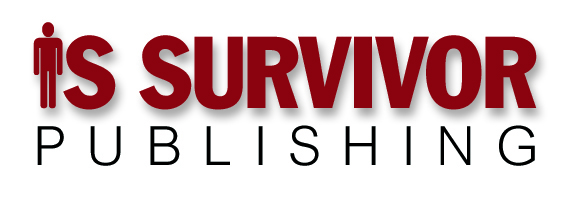One of my dopier career moves was showing up the marketing director at a former employer. I thought I was demonstrating how useful I could be in her organization. She saw me as a potential rival. Blam! I got backstabbed up the yin yang, and if you’ve ever had your yin yang backstabbed you know it hurts like the Dickens.
If only I’d had a copy of Wess Roberts’ new book It Takes More Than a Carrot and a Stick I’d have known better. Right there on page 88, talking about Colleague Slayers it says, “They normally attack only those colleagues who have offended them or present a competitive threat to them in the battle for power and prestige that occurs in virtually all workplaces.”
Carrot and Stick isn’t just about how to handle backstabbers. It’s a veritable field guide to annoying co-workers, only more useful.
The average field guide helps you identify critters, but doesn’t generally give you advice about what to do once you’ve found them. Look up seagulls in your average bird book, for example, and it won’t tell you to move immediately if you find yourself directly below a hovering flock.
Carrot and Stick, on the other hand, tells you exactly how to handle each of the 15 major types of office irritant. Whether your problem is an Imperious Jerk, Empty Suit, Android or Perpetual Victim, Roberts helps you cope. He gives you specific advice tailored to your work relationship, so you know what to do whether you report to the Slougher (yet another species) he reports to you, or you’re peers.
This book isn’t for everyone. I know a guy, for example, who makes his living managing his own investments. He’s actually good enough to earn a satisfactory income this way. He operates out of his home, trades on-line, and has no boss, no co-workers, no staff … not even suppliers in any meaningful sense. He wouldn’t get much benefit out of this book. Neither would your average hermit, I suppose.
If you, like my investor friend, work alone in splendid isolation, don’t bother with It Takes More Than a Carrot and a Stick. Instead, buy Bob Lewis’s IS Survival Guide (hey, I need the royalties just as much as Wess does, and book-plugging does begin at home!).
But if you work in an office and have several nominees for the cubicle farthest from you, Carrot and Stick is just the ticket.
